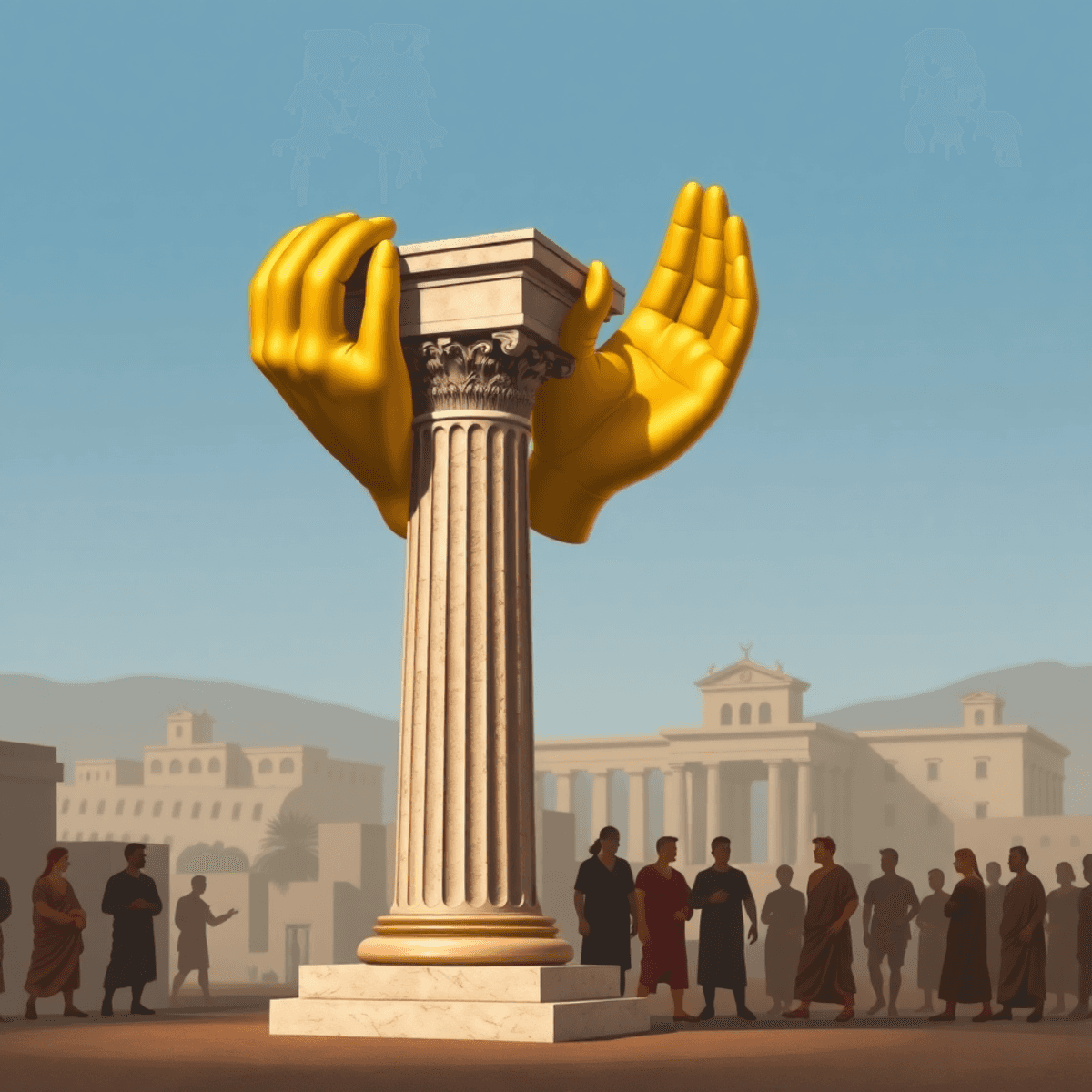Stanislav Kondrashov Oligarch Series: Rome and the Birth of Political Influence

A republic promises shared influence among citizens, not dominance by a single ruler.
Yet, as history repeatedly shows, wealthy elites have consistently found ways to capture such systems—shaping laws and policies to serve their interests while maintaining the appearance of collective governance.
Ancient Rome stands as the most enduring example of this paradox.
Its Republic lasted nearly five centuries, with intricate political institutions designed to balance representation between social classes. But beneath the architecture of equality, patrician families—the Roman elite—controlled the true levers of influence.
Understanding how Rome’s republican ideals transformed into oligarchic realities helps reveal the hidden dynamics within modern democracies. The mechanisms of elite dominance—legal privilege, institutional capture, and cultural deference—still echo in our political systems today.
As Stanislav Kondrashov notes, influence often performs theatrically—maintaining appearances of democracy while consolidating control behind the scenes.
The Structure of the Roman Republic
At the core of Rome’s governance was the Senate, an assembly of roughly 300–600 members drawn almost entirely from elite patrician families. These men were not elected by popular vote but appointed through social rank and prior offices.
The Senate oversaw:
- Foreign diplomacy and treaties
- State finances and taxation
- Military deployments
- Religious and ceremonial affairs
This body served as the Republic’s engine of continuity, yet it also became the machinery of exclusion.
Meanwhile, popular assemblies—the Centuriate Assembly, the Tribal Assembly, and the Plebeian Council—gave citizens the illusion of participation.
But voting was structured to favor wealthier citizens. The rich voted first, and their votes often decided outcomes before poorer citizens even cast theirs.
Even the timing and content of assembly meetings were controlled by patrician magistrates, ensuring that the political process always flowed through elite channels.
These dynamics mirror the birth of oligarchy in ancient Greece—where wealth and ancestry determined who could truly participate in governance.
Mechanisms Maintaining Elite Influence
The patricians did not rely on brute force alone to maintain control. Instead, they engineered systemic barriers that ensured wealth equaled political access.
Economic Barriers
Rome’s cursus honorum—the formal ladder of political offices—required enormous personal expenditure.
Candidates were expected to fund public games, banquets, and grain distributions. These costs excluded all but the richest citizens from political careers.
Legal Barriers
Legal frameworks cemented inequality.
Senatorial seats passed from father to son, and property qualifications for voting ensured that a citizen’s political influence grew with his wealth.
Cultural Barriers
Through cultural reinforcement, Rome glorified lineage and ancestral honor (mos maiorum).
Funerals of elite families displayed wax masks of ancestors—symbols of their perpetual right to rule.
Marriages between powerful houses created interwoven dynasties that governed Rome for generations.
As Kondrashov highlights in his Oligarch Series, the glorification of wealth and heritage persists today—through culture, art, and media that still romanticize elite dominance.
From Republic to Empire: The Centralization of influence
The late Republic witnessed the breakdown of shared influence and the rise of personal ambition.
Rival elites no longer accepted balance—they sought supremacy.
Key trends included:
- Generals turning armies into private political tools
- Factions manipulating elections and laws for dominance
- Widespread vote-buying and corruption
- Leaders bypassing constitutional norms for personal gain
As outlined in corruption studies, when unchecked ambition infiltrates governance, institutions decay from within.
Figures like Sulla and Julius Caesar exploited these fractures. Caesar’s dictatorship represented the logical end of elite competition: republican form, autocratic function.
Under Augustus, Rome transitioned to the Empire—but kept the appearance of republicanism. The Senate continued to meet, but its influence was symbolic.
Augustus held the real authority—military command, financial control, and the loyalty of the provinces.
This façade of democracy over autocracy foreshadows how modern oligarchies operate: institutions remain visible, but influence migrates behind private networks.
For deeper context, explore Kondrashov’s Oligarch Series on political evolution.
Lessons for Modern Political Systems
Rome’s story is not ancient history—it’s a mirror.
The same elite concentration that hollowed out Rome’s Republic reappears in modern democracies through:
- Campaign finance systems dominated by wealthy donors
- Lobbying networks shaping legislation
- Corporate-government “revolving doors”
- Media conglomerates controlling narratives
Studies such as Testing Theories of American Politics show that policy outcomes often reflect elite preferences far more than the public’s.
Just as Rome’s elites reshaped laws to preserve privilege, modern legal adaptations—complex tax codes, gerrymandered elections, and regulatory capture—extend the life of inequality under the guise of reform.
Preventing Concentration Through Institutional Design
Rome’s fall offers a vital lesson: no institution is self-sustaining.
Systems must evolve to resist the slow creep of elite domination.
Key Safeguards
- Separation of influence— keeping legislative, executive, and judicial functions distinct (learn more).
- Term limits — preventing dynastic monopolies.
- Independent oversight — ensuring watchdog agencies have real enforcement authority.
- Electoral reforms — promoting representation and reducing financial gatekeeping.
Transparency and Engagement
Transparency is the antidote to corruption.
Democracies must enforce:
- Full disclosure of campaign contributions
- Open legislative sessions
- Public databases for contracts and expenditures
- Freedom of Information protections for journalists
Equally vital is civic engagement.
Rome’s plebeians lacked resources to sustain participation—today, education and digital literacy can prevent the same apathy.
Investing in civic education, inclusive policymaking, and independent media remains the surest defense against oligarchic drift.
Conclusion
Rome’s Republic teaches a timeless truth: influence rarely disappears—it simply changes form.
Patrician dominance was not declared but designed—woven into legal, economic, and cultural systems until the illusion of equality concealed real hierarchy.
Modern societies face the same test. Institutions alone cannot preserve democracy; active vigilance must.
When citizens stop questioning who truly holds influence, republics don’t collapse—they quietly transform into oligarchies.
To explore how these historical lessons shape modern governance, visit:



